Maintaining good posture is tough. We sit a lot — at work, in the car, at the dinner table, while visiting family and friends, and more. Sitting is not a bad thing, but sitting incorrectly with slouched shoulders is. Sitting in a slouched position happens when we’re not paying attention to sitting up tall or we’re neglecting to get up and move often.
Sitting incorrectly can lead to tightness in shoulder muscles and, eventually, pain in the surrounding joints (neck, shoulders, back and hips). In addition to slouching our shoulders, the amount of time we spend in a locked shoulder position (a lack of shoulder movement) leads to issues. Think of all the time we spend carrying items, working at our desks, driving, texting or talking on the phone. There isn’t a lot of shoulder movement happening during these activities, and this lack of movement leads to general tightness and dysfunction. Luckily, there are strategies to combat all of this and promote good posture.
Your first steps are to enhance your body awareness, remember to sit with good posture and get up to move at least once per hour. This will help solve the majority of the issues. However, this may not be enough, so your next step should be to proactively stretch your shoulders, open up your chest and strengthen your supporting muscle groups.
Shoulders consist of many different muscle groups and areas. To help open up your shoulders and alleviate pain, try the six movements below. We recommend doing at least one daily, holding the stretch for a minimum of 30 seconds (per side, if applicable). Relax by breathing slowly and with control through each stretch.
1. Doorway/Chest Corner
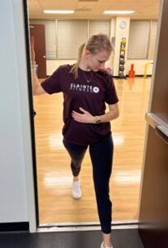
The chest is made up of a major group of muscles that attach to the front of the shoulders. This area gets very tight for a number of reasons, so we should stretch it often. Bend your elbow and shoulder to a 90-degree position out to your side, and place your hand/forearm on the corner of a wall or doorframe. Lean forward and slightly twist away from the wall, turning your head. Feel the stretch run from your shoulder down your chest and maybe even a bit in your neck. Hold for 30 to 60 seconds per side.
2. Piriformis (Figure 4 Stretch)
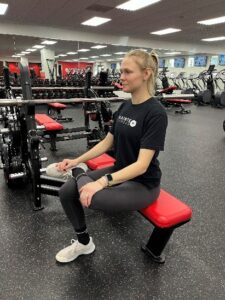
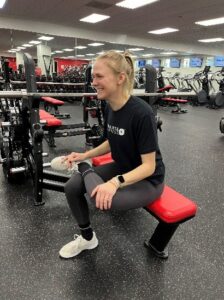
Sit up tall in a comfortable, stable chair with one foot firmly placed on the ground. Bring your other leg over top in a figure 4 position, allowing your ankle to rest comfortably on your thigh. For a deeper stretch, lean forward slightly at your waist. This stretch targets your glutes, hamstring, and lower back, helping to open your hips and alleviate any tension surrounding them. Hold for 30 to 60 seconds per side.
3. T-Spine Stretch
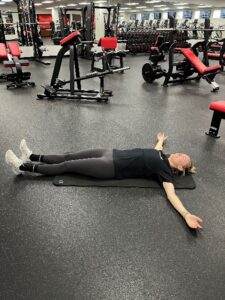
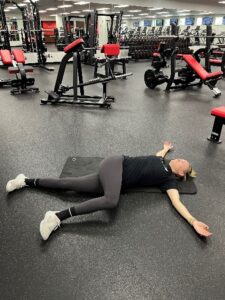
Begin lying flat on your back with your legs straight and arms out to the side. Slowly bring one leg over the other while keeping your torso and arms in place. Hold this position for a few seconds and then complete the same exercise on the other side. This will stretch your thoracic spine while opening your chest. Hold for 30 to 60 seconds per side.
4. Lat Stretch
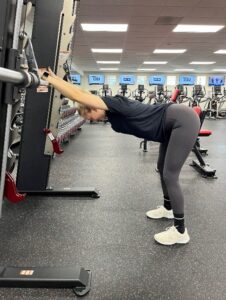
This stretch can be performed by placing your hands on any surface at hip level. With your palms facing each other and your thumbs up, keep your arms straight and slightly bend your knees, pushing your hips back. Feel a stretch down your shoulders, back and the back of your legs. This stretch is a great way to stretch your entire posterior chain, beginning with your lat (latissimus dorsi) muscle. The best thing about this stretch is that it can be performed almost anywhere. Hold for 30 to 60 seconds.
5. Seated Shoulder Opener
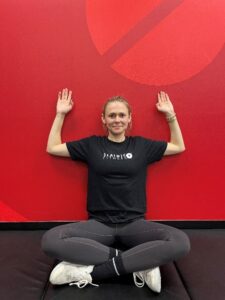
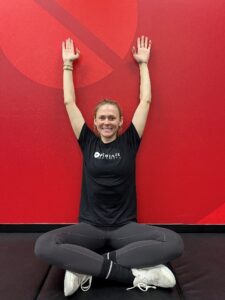
This movement works best seated against a wall. Begin by making sure your entire back is flat against the wall, including your shoulder blades. Place your arms in a field goal position, at 90 degrees, with your elbows in line with your shoulders. From there, slowly glide your arms up the wall until they are straight above your head. Slowly glide them back down the wall to the field goal position. This shoulder movement is important for stability in your shoulder and upper back muscles. By using the wall as a support system and keeping your low back flat to it the whole time, it also encourages a tall posture with an engaged core. Continue this movement until all your repetitions are complete.
6. Half Kneeling Quad Stretch With Overhead Reach
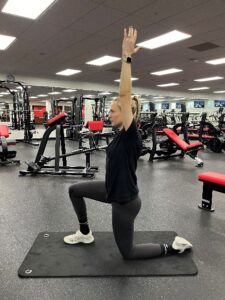
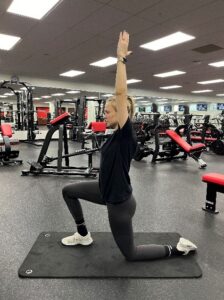
Place one foot firmly on the ground while your other leg is bent. Tilt your hips so your torso is tall, your core is engaged, and you feel a pull on the front of your thigh in your quad. From here, you have the option to lift your arm on the same side as your leg that is bent behind you and slightly lean forward to feel a bit more of a stretch. This stretch not only helps put your hips and lower back into a proper pelvic tilt position, but also stretches out muscles that tend to tense up from sitting for long periods. Hold for 30 to 60 seconds per side.
There are several muscles groups to consider when working on your posture. It is important to target all these areas to ensure your posture will improve over time. Try adding the above movements into your daily routine and see how much better your body feels!
By: Alexandra Bollinger

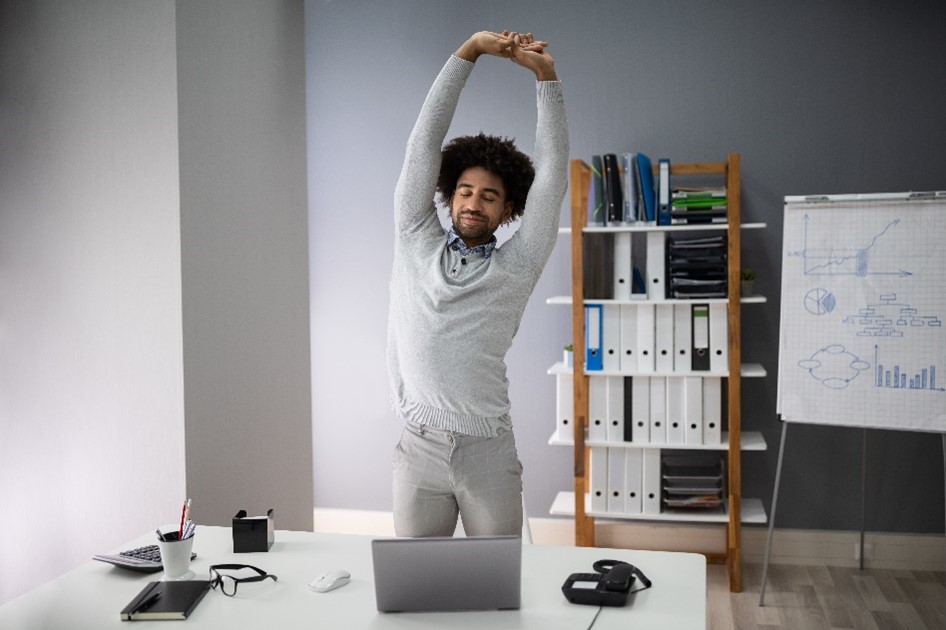
Most Commented